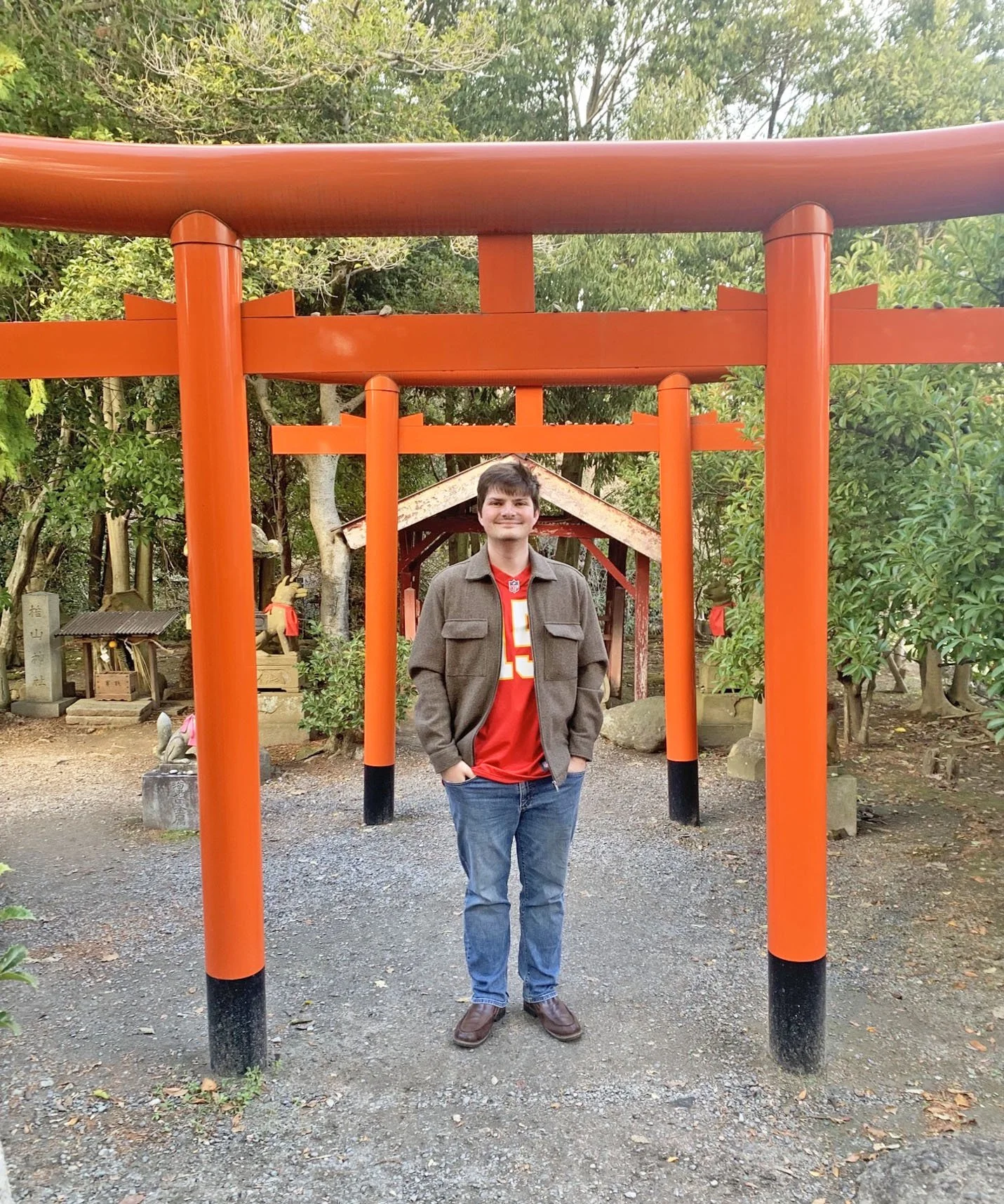When local resident Noah Kincaid moved to Yonago, Tottori Japan two months ago, he was excited to begin his new job teaching English at elementary and junior high schools in his new location. He wasn’t expecting that his first experiences in adapting to Japanese life would include the deadly earthquake that struck the Noto Peninsula in Western Japan on Jan. 1.
The 7.6 magnitude quake had a depth of six miles and caused four-feet-high tsunami waves that hit a number of areas along the coast.
Kincaid said he felt the quake, which occurred at about 4:10 p.m., but didn’t register that it was an earthquake until he heard about it on the news a few minutes later. It lasted for about 30 seconds.
“It felt almost rhythmic, like a heartbeat, I was on my way to go get groceries but stayed home after I started getting alerts for tsunami waves reaching my area.”
His town, which is about 260 miles from the earthquake’s epicenter, wasn’t damaged.
He called his family in Leavenworth, Kan. around 1 a.m. to let them know that he was OK. “I woke them up, but wanted to make sure they heard from me in case I ended up losing power, Kincaid said. “Thankfully, that wasn’t a reality. The tsunami waves that hit us were only 0.3 meters (about a foot) or so,” Kincaid said. “I don’t think the waves were big enough to breach the flood barriers on the beaches. The aftershocks continued for a couple days, but we were too far away to feel any of them.”
The earthquake has caused 161 deaths and scores of people are still missing.
“Rescuers are still working to reach people,” Kincaid said. “I read an article from a couple hours ago of a woman in her ‘90s that was recently found, five days after the initial earthquake.”
As his empathy and concern continue for the many who were affected by this tragedy, Kincaid is grateful that he will continue to enjoy his opportunity to become more involved with the students at the schools in which he teaches.
“Everyone has been very kind and helpful. Despite my poor Japanese, the locals I have interacted with make me feel very welcome. The cost of living in my town is also very low. My total monthly expenses come out to a bit over $400 a month, so I have more financial flexibility to travel and experience Japan.”
Living in Japan, with the possibility of earthquakes, has been different for Kincaid than growing up and living in the U.S. Midwest.
“It’s been very different! Most of the houses in my area don’t have basements because of earthquakes. This is obviously different than what I’m used to since many Midwest houses have a basement as protection for tornadoes. From everything I’ve seen, the Japanese people have been very strong and united in their response to the earthquake. Luckily, the country is well-equipped to deal with earthquakes.”
The 24-year-old would like to learn more of the Japanese language and visit famous landmarks across the country before he returns to the U.S.
“Upon my return to America, I plan to get my master’s degree in public administration with a focus on city management,” Kincaid said. “I decided that I wanted to explore the world for a few years before I settle down and start my career. My dream job is to become a city manager for a town in the Midwest.”


